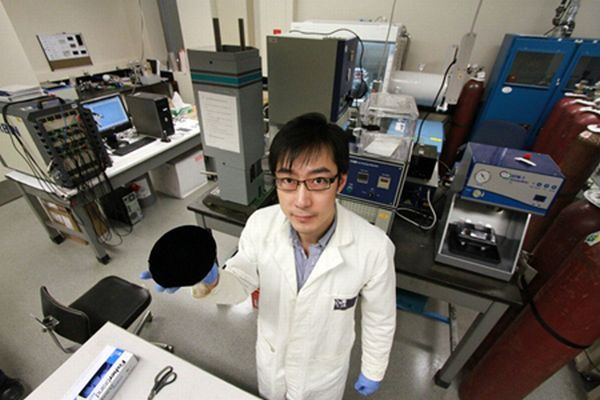The University of Alberta experts have fabricated next gen batteries from carbon nanomaterials. This novel product is standing tall in front of conventional lithium-ion batteries where the former is efficient enough to charge faster and happens to lasts longer relatively.
The electrochemistry technology
As per Xinwei Cui, one of the lead researchers, they have worked upon an innovative approach towards electrochemistry technology consequent upon which, they it was able to yield higher energy density and power. The team has worked along a mechanism called the induced fluorination, a new concept aimed for storing energy. Unlike the conventional method, where carbon is used as cathode, in the current research, carbon was placed as anode for developing an induced fluorination battery.
Replacing carbon as cathode is an innovative approach and the team has played upon this concept to bring out the uniqueness of the technology. Although it wasn’t as easy as it looked, there is an effort of three continuous years behind the successful research.
Carbon versus lithium-ion batteries
Affordability and safety were the parameters because of which the experts preferred carbon. Along with this, the material was able to give out 5-8 times more output than the conventional lithium-ion batteries. The newly evolved battery did out-perform two other future technologies, first being, lithium-sulfur batteries which is in prototype stage and secondly, lithium-air batteries, which is currently under development stage.
Although the technology is still at nascent stage but looks promising. AdvEn Solutions envision to launch the prototype by the fall of 2014. The firm also aims to fabricate the product’s three versions so as to serve various goals. For instance, one battery may serve with higher power output with longer shelf life, the second may aim towards higher energy for quick charging while the third for extremely high energy storage.
Source: Phys.org




